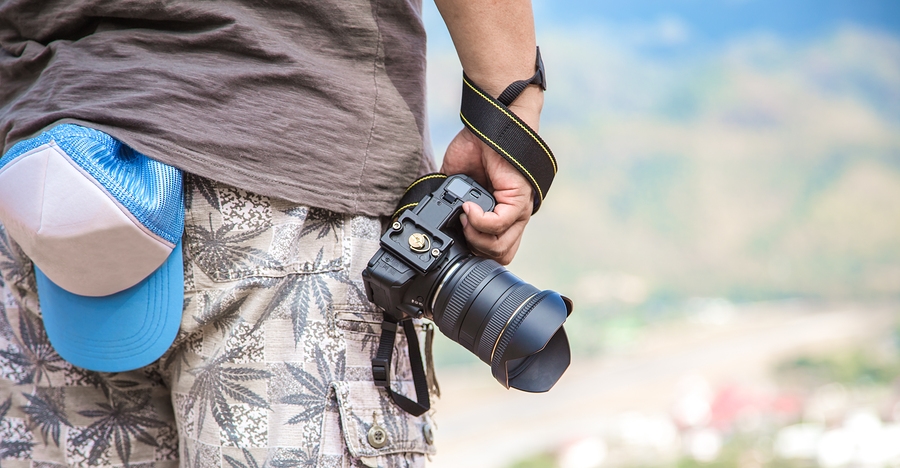I have a Tamron SP AF 17-35 mm f/2.8-4 Di LD and although it wasn’t my only lens, for a few months it was the only one I was using.
Shooting with a wide-angle lens has taught me so much about photography. “Zoom with your feet” is something that we hear often, and to me it’s not a bad thing at all. Photographer Tom Ang writes about the best features of wide-angle lenses in this article over at Digital Photography School.
THEY IMMERSE YOU
The first one, above all, is that they immerse you in the scene. They take you into the situation. They draw you in. The reason is simple; you, as the photographer, must get close to your subject to capture it effectively. The lens draws you into the action, often well into personal space, and it draws you into the undergrowth.
THEY REVERSE SCALE
This effect is perhaps the best-known of ultra-wide lenses: they make things close to the lens look enormous, while objects further away look tiny. You may see this called perspective distortion or extreme perspective. In practical terms, what you can exploit is that small things can be made to look huge, and big things made to look very small. The wider the lens, the greater the effect.
THEY GIVE GLORIOUS REFLECTIONS
If you love working with reflections (who doesn’t?) the wider your field of view, the more reflection you can dig out, and you can’t have too much of that magic. The secret to making the most of reflections is to get as close to the reflecting surface as possible. I’ve been known to dip the camera nearly in the water in my attempt to get to the mirror surface.
THEY HAVE BUILT-IN PANORAMA FUNCTIONALITY
Thanks to their ability to capture a huge amount of scenic real estate, ultra-wides are perfect for creating pseudo-panoramas. You simply slice chunks from the top and bottom, and you can create an image that would otherwise need the stitching together of two or more shots. To make the most of this, it helps to ensure the camera is aimed horizontally, as a crop tends to emphasize any leaning of objects.
There are some things you need to take into consideration when you’re shooting with a wide-angle lens. Having distorted images is probably the most common mistake photographers make when using wide-angles for the first time. We found a great video with tips and example photos to avoid these mistakes.
GO TO THE NEXT PAGE FOR THE VIDEO
Read the full article with more tips over at Digital Photography School.
Source: Digital Photography School

